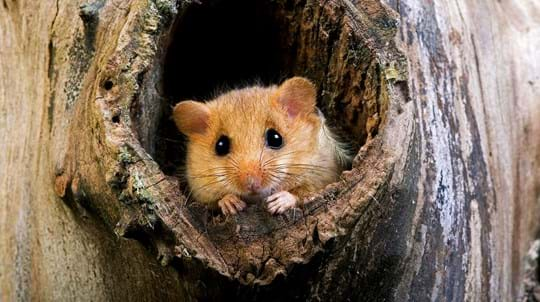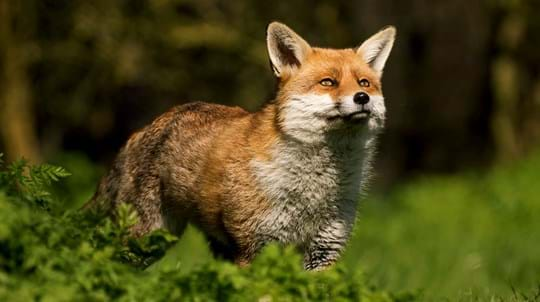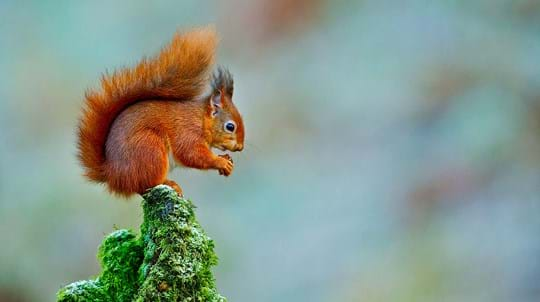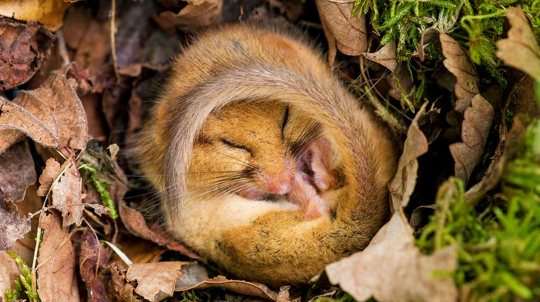
Credit: Raimund Linke / Alamy Stock Photo
How do otters breed?
Otters are mostly solitary except when they come together to breed. They mate year-round, though most cubs, also known as pups, are born between May and August. After a gestation period of 9 weeks, females usually give birth to 2-3 blind cubs with short grey fur. The cubs are about 12cm long and weigh about 100g.
The mother raises her cubs without help from the male. After about 10 weeks she takes them out of the holt for the first time, and a few weeks later they venture into the water for their first swim. She will protect them until they're about a year old, when they leave to make their own homes and start to breed around the age of two. Otters can live up to ten years old in the wild.












